Category: space – Page 685
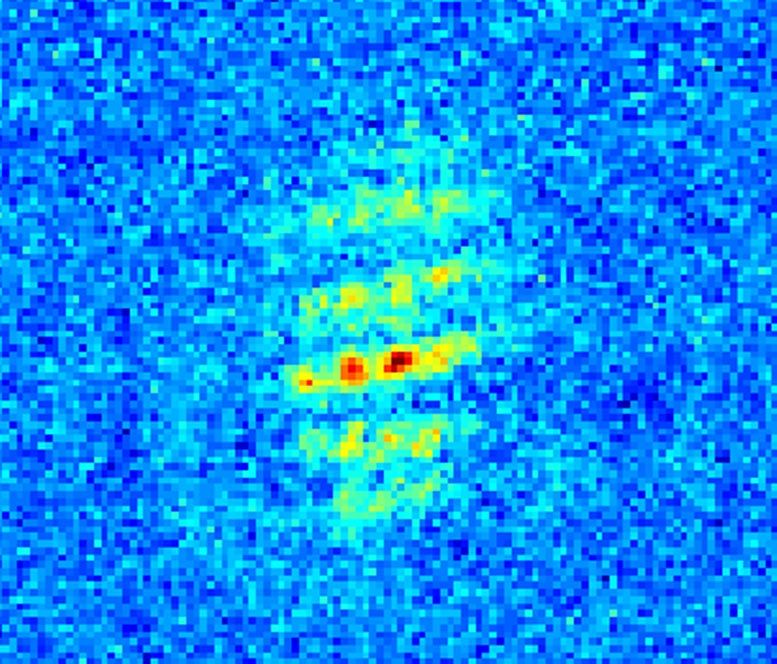
Ultracold Atom Interferometry Demonstrated in Space for the First Time
Extremely precise measurements are possible using atom interferometers that employ the wave character of atoms for this purpose. They can thus be used, for example, to measure the gravitational field of the Earth or to detect gravitational waves. A team of scientists from Germany has now managed to successfully perform atom interferometry in space for the first time – onboard a sounding rocket. “We have established the technological basis for atom interferometry on board of a sounding rocket and demonstrated that such experiments are not only possible on Earth, but also in space,” said Professor Patrick Windpassinger of the Institute of Physics at Johannes Gutenberg University Mainz (JGU), whose team was involved in the investigation. The results of their analyses have been published in Nature Communications.
A team of researchers from various universities and research centers led by Leibniz University Hannover launched the MAIUS-1 mission in January 2017. This has since become the first rocket mission on which a Bose-Einstein condensate has been generated in space. This special state of matter occurs when atoms – in this case atoms of rubidium – are cooled to a temperature close to absolute zero, or minus 273 degrees Celsius. “For us, this ultracold ensemble represented a very promising starting point for atom interferometry,” explained Windpassinger. Temperature is one of the determining factors, because measurements can be carried out more accurately and for longer periods at lower temperatures.
Advances in Detectors: The Quanta image sensor (QIS): Making every photon count
One of the interesting consequences of the emergent upshift in visual systems is that all streetlights, car headlights and other external sources of lighting will no longer be needed within around a decade. This will not only make astronomers happy, since they will be able to see the dark skies again but will simplify urban infrastructure. The three convergent elements making this change of affairs come about are the following:
1) Quanta Image Sensors, whether of the SPAD or the CIS-QIS versions are expected to become widely available within 5 to 10 years. Unlike the CMOS image sensors in billions of cell-phone cameras, which only register packets of the incoming light, these sensors can register single photons of light. The most versatile of these are the QIS sensors being developed by Fossum—who also developed the CMOS sensor—wherein a single jot\.
Demonstrating single-photon sensitivity at room temperature without avalanche multiplication, QIS technology offers sub-diffraction-limited pixel sizes and many degrees of freedom in computing the reconstruction of the image to emphasize resolution, sensitivity, and motion-deblur.
Episode 48 — Brent Tully Celebrates 50 Years Of Mapping The Local Cosmos
Great new episode with University of Hawaii cosmologist Brent Tully who’s been mapping the local cosmos for 50 years now. This is a good one! Please have a listen.
World-renowned, University of Hawaii cosmologist Brent Tully on 50 years of mapping the nearby universe which includes our own home supercluster ‘Laniakea.’ Tully candidly assesses the state of cosmography, the science of making 3D maps of the nearby universe and speculates on when astronomers will finally map the cosmos in its entirety.
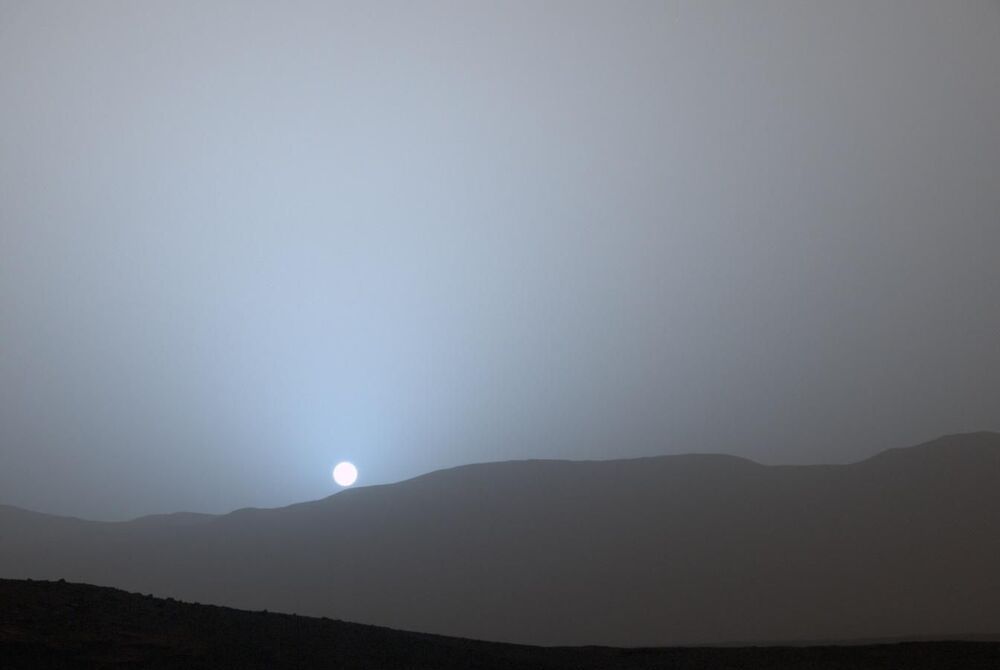

Space Force Chief Scientist: “Human Augmentation” Is Now Necessary
The head scientist of the US Space Force has an unusual idea for how to maintain military dominance: augmenting and upgrading human soldiers.
Speaking at an Air Force Research Laboratory event, Space Force chief scientist Joel Mozer suggested that we’re entering an era during which soldiers can become a “superhuman workforce,” according to Metro, thanks to new tech including augmented and virtual reality, sophisticated AI, and nerve stimulation.
“In the last century, Western civilization transformed from an industrial-based society to an information-based society,” Mozer said, “but today we’re on the brink of a new age: the age of human augmentation.”
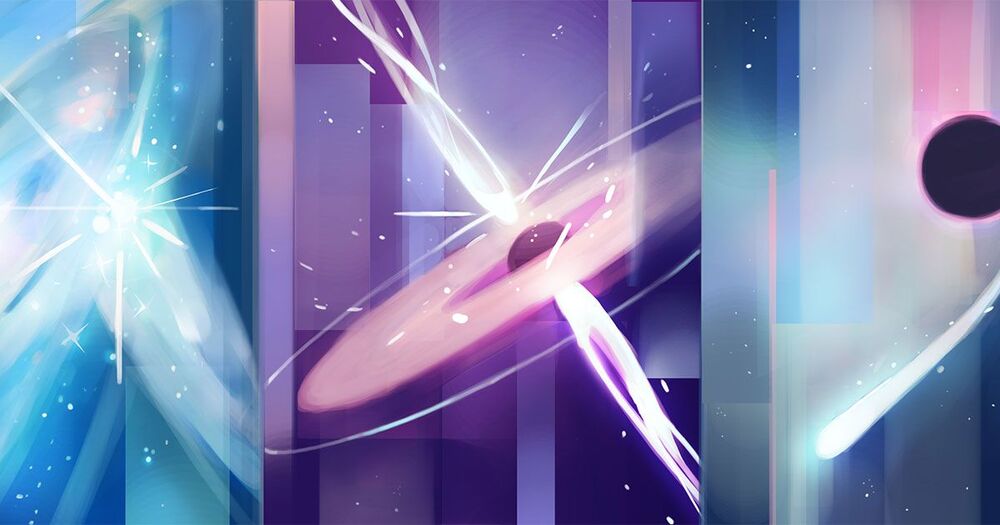
Cosmic Map of Ultrahigh-Energy Particles Points to Long-Hidden Treasures
Starburst galaxies, active galactic nuclei and tidal disruption events (from left) have emerged as top candidates for the dominant source of ultrahigh-energy cosmic rays.
In the 1930s, the French physicist Pierre Auger placed Geiger counters along a ridge in the Alps and observed that they would sometimes spontaneously click at the same time, even when they were up to 300 meters apart. He knew that the coincident clicks came from cosmic rays, charged particles from space that bang into air molecules in the sky, triggering particle showers that rain down to the ground. But Auger realized that for cosmic rays to trigger the kind of enormous showers he was seeing, they must carry fantastical amounts of energy — so much that, he wrote in 1939, “it is actually impossible to imagine a single process able to give to a particle such an energy.”
Upon constructing larger arrays of Geiger counters and other kinds of detectors, physicists learned that cosmic rays reach energies at least 100000 times higher than Auger supposed.
A cosmic ray is just an atomic nucleus — a proton or a cluster of protons and neutrons. Yet the rare ones known as “ultrahigh-energy” cosmic rays have as much energy as professionally served tennis balls. They’re millions of times more energetic than the protons that hurtle around the circular tunnel of the Large Hadron Collider in Europe at 99.9999991% of the speed of light. In fact, the most energetic cosmic ray ever detected, nicknamed the “Oh-My-God particle,” struck the sky in 1991 going something like 99.99999999999999999999951% of the speed of light, giving it roughly the energy of a bowling ball dropped from shoulder height onto a toe. “You would have to build a collider as large as the orbit of the planet Mercury to accelerate protons to the energies we see,” said Ralph Engel, an astrophysicist at the Karlsruhe Institute of Technology in Germany and the co-leader of the world’s largest cosmic-ray observatory, the Pierre Auger Observatory in Argentina.
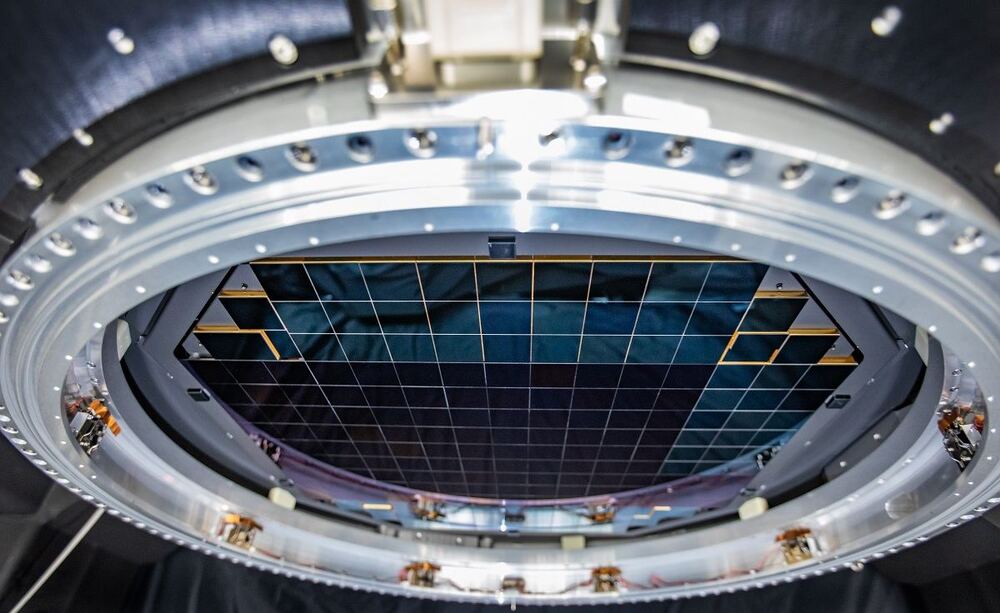
Vera Rubin’s Monster 3200-Megapixel Camera Takes its First Picture (in the Lab)
The powerful image sensors at the heart of the Vera C. Rubin Observatory have just undergone successful testing. First light scheduled for 2022.
The Vera C. Rubin Observatory has taken another step towards first light, projected for some time in 2022. Its enormous 3200 megapixel camera just took its first picture during lab testing at the SLAC National Accelerator Laboratory. The camera is the largest ever built, and its unprecedented power is the driving force behind the Observatory’s ten year Legacy Survey of Space and Time (LSST).
When paired with the 8.4 meter primary mirror, the camera is an impressive, data-producing monstrosity. Its focal plane contains 189 separate charge-coupled devices (CCDs) that each capture 16 megapixels. Each 3200 megapixel image would take 378 4K ultra-high-definition TV screens to display.
Each image is so huge, that a single one captures an area of sky equivalent to 40 full moons. The team behind the camera says that the image sensors are so powerful that it’ll be able to “see” objects that are 100 million times dimmer than the naked eye could see. A SLAC press release points out that at that level of sensitivity, you could see a candle from thousands of miles away.
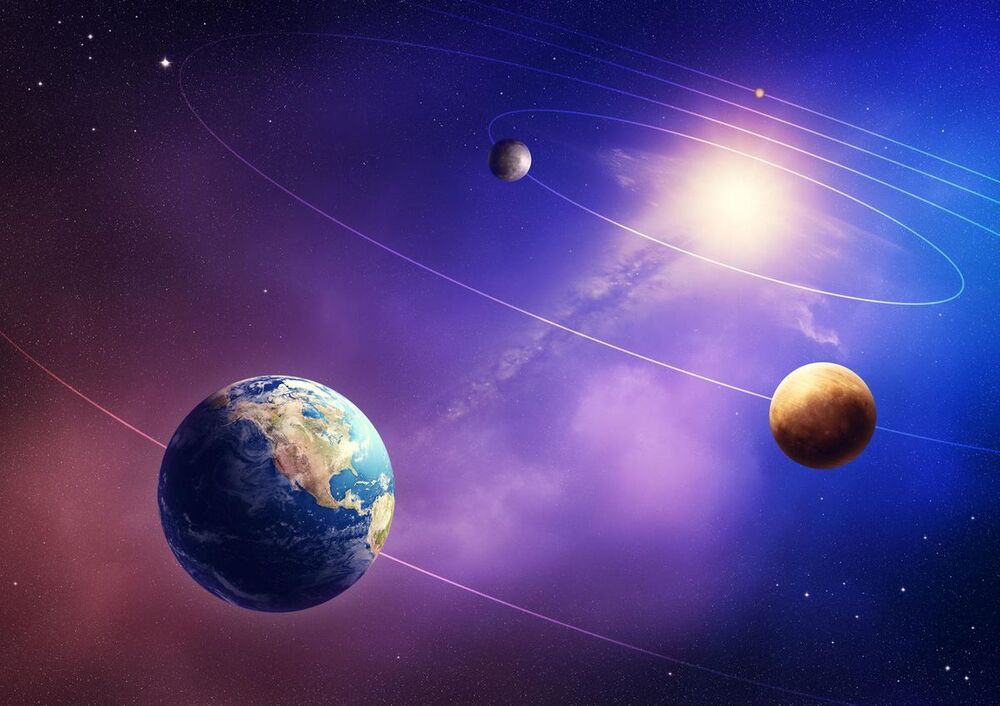
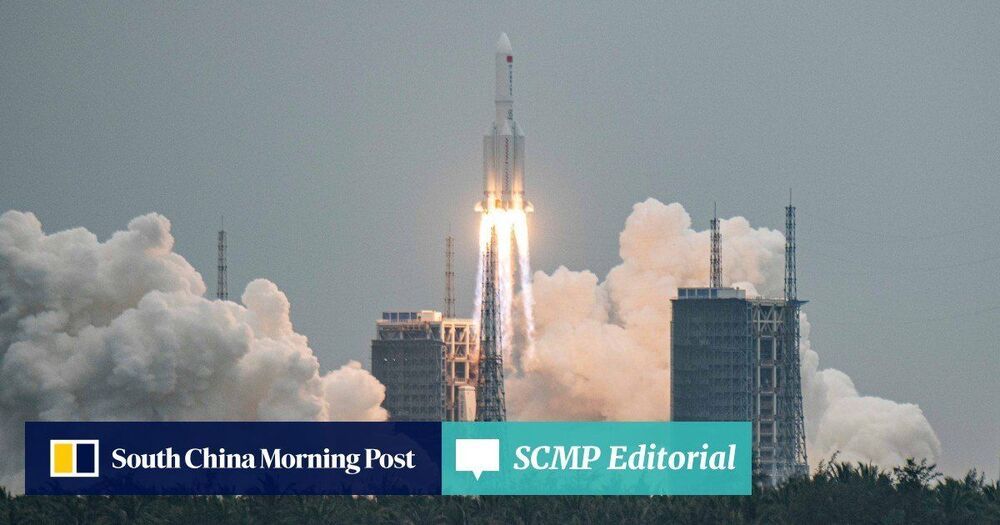
Space race reflects real-world politics
On Thursday, China launched the core module of its planned space station to pave the way for construction to begin.
Designed to rival the International Space Station (ISS), from which Chinese astronauts have been barred, the assembly of the facility is expected to be completed by the end of next year.
The geopolitical tensions playing out on Earth are now out of this world as nations build alliances to boldly go where no man has gone before.